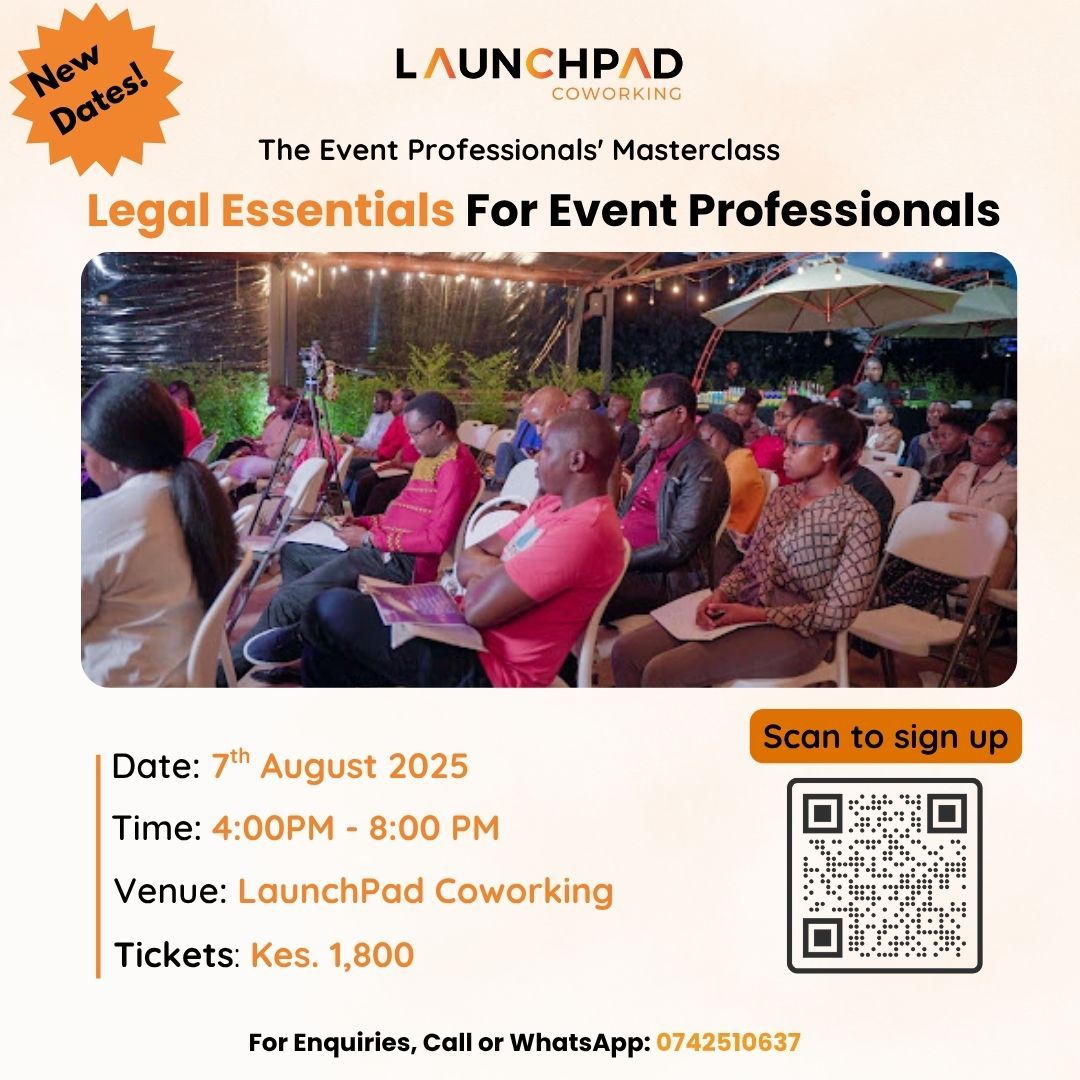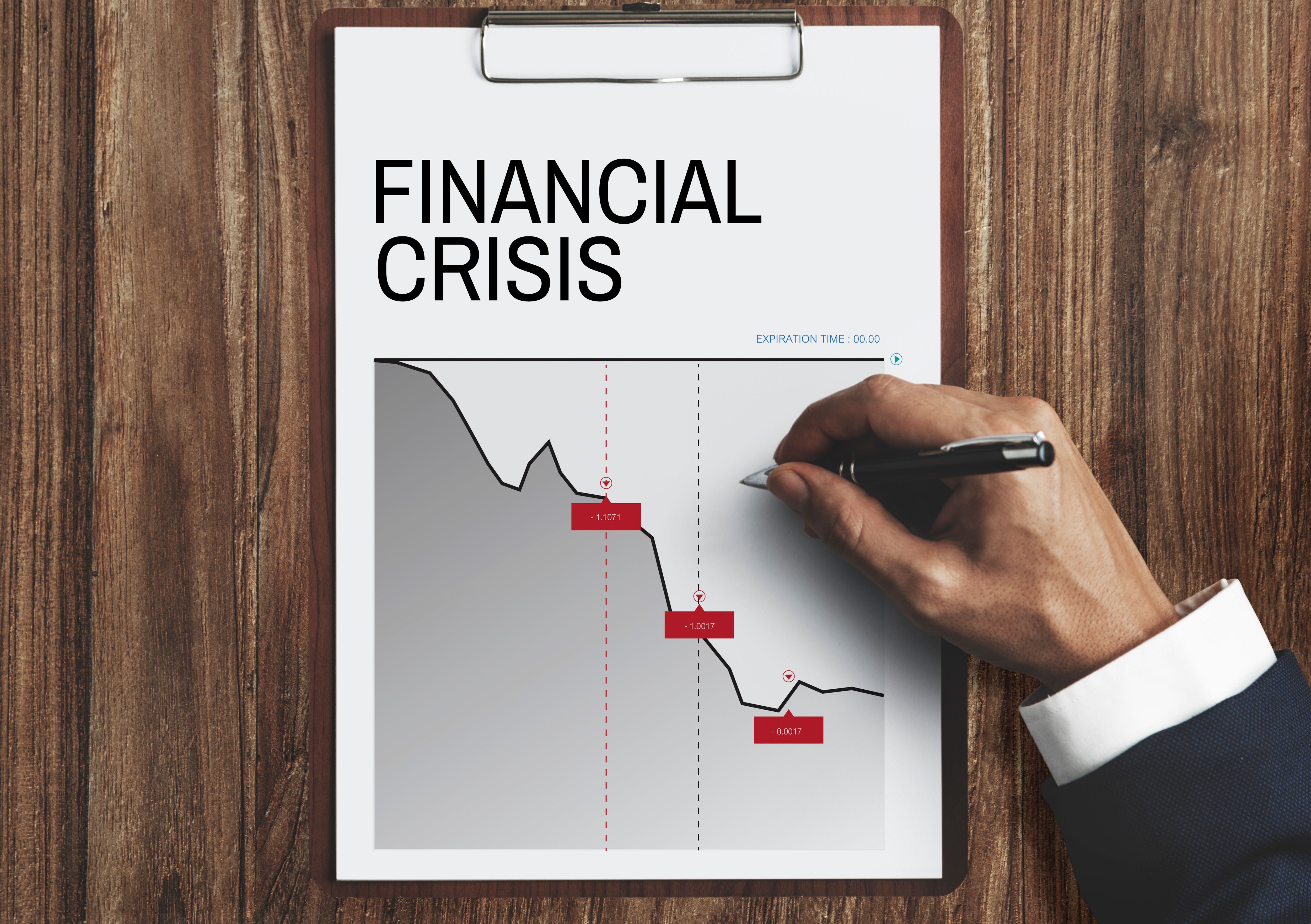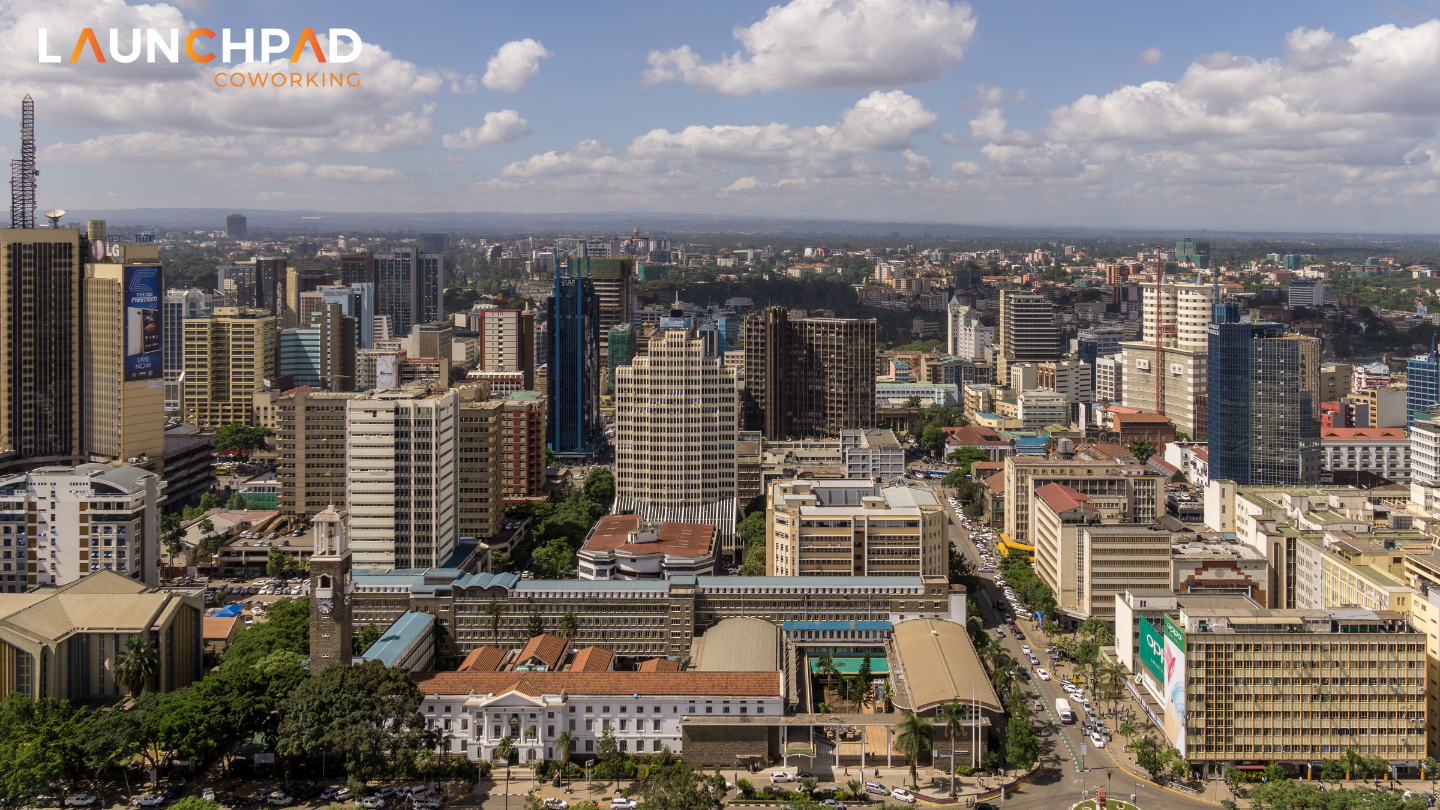It is 3 AM when a planner’s phone buzzed with the message every event planner dreads: "Generator down. Event in 6 hours. What's the backup plan?"
As the planner reaches for their contingency folder, They realize what separates successful event professionals from those who scramble in crisis moments . Preparation isn't just about having Plan B; it's about having Plans C, D, and sometimes E ready to deploy.
With more events comes more risk. Every gathering, whether it's a corporate conference in Nairobi or a music festival in Mombasa, carries potential hazards that can transform success into disaster.
Top 5 Event Risks Every Kenyan Event Planner Must Address
1. Crowd Management and Safety Failures
The statistics are sobering. Approximately 70% of safety-related issues at events result from poor communication. In Kenya's growing festival scene, where events regularly draw thousands of attendees, crowd crush prevention strategies become critical. Poor queue management, inadequate signage, and insufficient crowd control personnel can quickly escalate from minor inconveniences to life-threatening situations.
2. Vendor and Supplier Dependencies
Vendor failures represent one of the most common yet preventable risks in event management. From catering companies that don't show up to sound system failures during keynote speeches, vendor-related issues can derail even the most meticulously planned events.
3. Weather and Environmental Hazards
Kenya's diverse climate zones present unique challenges. The rainy seasons can flood outdoor venues, while the dry seasons bring dust storms and extreme heat. Coastal events face additional risks from high tides and strong winds.
4. Technical Infrastructure Failures
In our digital world, technical failures can cripple events. From registration systems crashing to live streaming failures during hybrid events, technology risks multiply as we become more dependent on digital solutions.
5. Security and Safety Threats
Beyond crowd management, events face various security challenges ranging from theft and vandalism to more serious threats. The open nature of many events makes them vulnerable to various security risks.
The Festival and Concert Risk Reality
Large-scale events like concerts and festivals face amplified risks due to their size, duration, and complexity. In Kenya's growing entertainment scene, where major festivals now regularly attract 10,000+ attendees, the stakes are particularly high.
Event organizers in Kenya's festival circuit report that their most common incidents involve crowd-related issues (35%), vendor failures (28%), weather disruptions (20%), technical problems (12%), and security incidents (5%). The challenge lies in their interconnected nature, such that one failure often triggers others.
7-Step Contingency Planning Checklist
1. Vendor Backup Systems
- Maintain relationships with backup suppliers for critical services
- Require vendor insurance and performance bonds
- Create equipment redundancy for essential items
2. Crowd Control Measures
- Calculate venue capacity with safety margins
- Design clear entry/exit routes with proper signage
- Train security staff in crowd psychology and de-escalation
3. Weather Contingencies
- Monitor forecasts starting 72 hours before events
- Secure covered alternatives for outdoor events
- Prepare weather-appropriate equipment and supplies
4. Technical Backup Plans
- Maintain backup power sources
- Test all systems 24 hours before events
- Have technical support on standby during events
5. Security Protocols
- Conduct security briefings for all staff
- Establish clear communication channels
- Coordinate with local law enforcement when necessary
6. Medical Emergency Preparedness
- Ensure first aid stations are properly equipped and staffed
- Establish relationships with local hospitals
- Create clear medical emergency response procedures
7. Communication Crisis Management
- Prepare template communications for common scenarios
- Designate official spokespersons
- Monitor social media for real-time issue identification
How to Perform a Risk Assessment
Step 1: Identify all potential risks covering all five major categories.
Step 2: Rate each risk on a scale of 1-5 for both likelihood and potential impact.
Step 3: Develop specific mitigation strategies for high-priority risks.
Step 4: Create response protocols documenting exactly who does what when incidents occur.
Making Risk Management Practical
Successful risk management isn't about eliminating all risks. That's impossible. It's about identifying, preparing for, and responding to risks in ways that minimize their impact on your event's success.
Start small. If you're new to formal risk management, begin with your next event by focusing on just the top three risks. Create simple backup plans for each. For seasoned professionals, formalize approaches you may already be using instinctively.
As Kenya's events industry evolves, one thing is clear: effective risk management and crisis preparedness will require more than just contingency plans — it will demand community, collaboration, and shared expertise.
At LaunchPad, we don't just provide space, we fuel the ecosystem. As the heartbeat of Nairobi's startup and creative sectors, we've built a space where event professionals connect, learn from each other's experiences, and learn together. Through our LaunchPad Eventors Community, we're cultivating a network of forward-thinking planners. Join us today and be part of the movement driving safer, more prepared, and professionally resilient events.
Get these insights and many more strategies only from our Eventors Community.






























































